If you were captivated by the unique blend of documentary and fiction in Close-Up (1990), this article is for you. We’ve curated a list of 10 films and shows that share its innovative storytelling, blurred reality, and deep emotional resonance. Whether you're a fan of Abbas Kiarostami's masterpiece or simply love thought-provoking cinema, these picks will expand your watchlist.
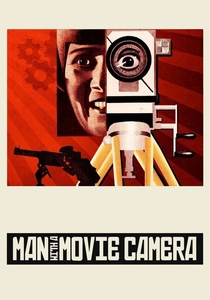
Man with a Movie Camera (1929)
Description: A groundbreaking experimental documentary that explores the nature of cinema itself, blending reality and artistic manipulation to create a self-reflective meditation on filmmaking.
Fact: The film features over 1,700 individual shots, an astonishing number for its time. It was one of the first films to use techniques like double exposure, split screens, and fast motion.
 Watch Now
Watch Now 
F for Fake (1973)
Description: A playful yet profound exploration of truth and deception in art, weaving together multiple narratives about forgery and authenticity while constantly questioning its own reliability as a documentary.
Fact: Orson Welles' last completed film as director. The project began as a documentary about art forger Elmyr de Hory but evolved into a much more complex meditation on fakery.
 Watch Now
Watch Now 
The Thin Blue Line (1988)
Description: A true crime documentary that revolutionized the genre by using dramatic reenactments and investigative techniques to challenge official narratives, ultimately helping to free an innocent man from prison.
Fact: The film's evidence was so compelling that it led to the overturning of Randall Dale Adams' murder conviction. It popularized the use of stylized reenactments in documentaries.
 Watch Now
Watch Now 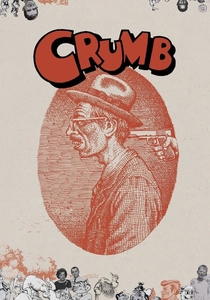
Crumb (1994)
Description: A penetrating psychological portrait of underground cartoonist Robert Crumb and his troubled family, revealing uncomfortable truths about art, sexuality, and mental illness.
Fact: Director Terry Zwigoff spent nearly a decade working on the project. Two of Crumb's brothers refused to participate, with one committing suicide during filming.
 Watch Now
Watch Now 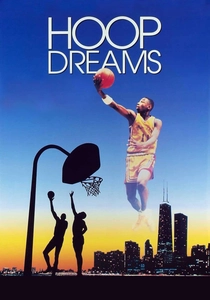
Hoop Dreams (1994)
Description: An intimate, years-long observation of two young basketball players that reveals larger truths about race, class, and the American dream through its deeply personal storytelling.
Fact: Originally planned as a 30-minute short, it grew into a nearly 3-hour epic filmed over five years. The film's budget ballooned from $150,000 to over $700,000 during production.
 Watch Now
Watch Now 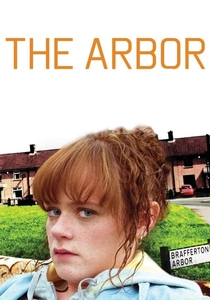
The Arbor (2010)
Description: An innovative biographical documentary that combines archival footage with actors lip-syncing to real interviews, creating a haunting exploration of memory and representation.
Fact: The film focuses on playwright Andrea Dunbar and her troubled daughter Lorraine. All dialogue comes from original interview recordings with the actual people involved.
 Watch Now
Watch Now 
Stories We Tell (2012)
Description: A deeply personal documentary that investigates family secrets while examining how memory and storytelling shape our understanding of truth, using a mix of home movies, interviews, and reconstructions.
Fact: Director Sarah Polley discovered a shocking family secret during filming. The movie includes fake home movies shot to look like authentic 1970s footage.
 Watch Now
Watch Now 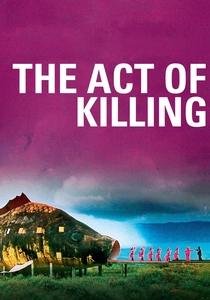
The Act of Killing (2012)
Description: A chilling and surreal documentary that blurs the line between reality and performance, as it allows former Indonesian death squad leaders to reenact their crimes in the style of their favorite film genres.
Fact: The film's subjects initially believed they were participating in a celebratory documentary about their past actions. It was banned in Indonesia shortly after its release.
 Watch Now
Watch Now 
The Wolfpack (2015)
Description: A fascinating study of isolation and imagination, following six brothers who were kept locked in their Manhattan apartment for years, learning about the world through movies they obsessively reenacted.
Fact: The brothers created elaborate homemade props and costumes to recreate their favorite films. They had never been to a movie theater until the documentary crew took them.
 Watch Now
Watch Now 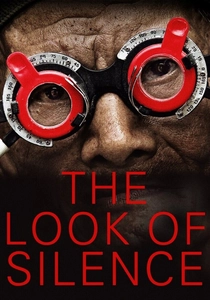
The Look of Silence (2014)
Description: A companion piece to The Act of Killing, this documentary takes a more intimate approach as a survivor's family confronts the men who killed their relative during the Indonesian genocide.
Fact: The main subject, Adi Rukun, is an optometrist who uses eye exams as a way to engage with his brother's killers. The filmmakers received death threats during production.
 Watch Now
Watch Now 








